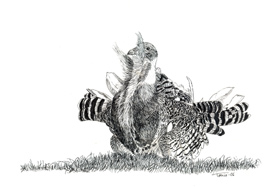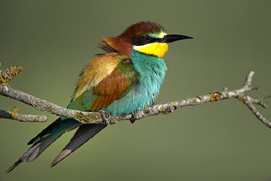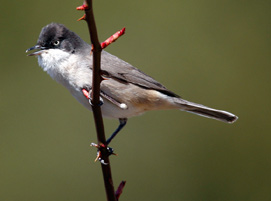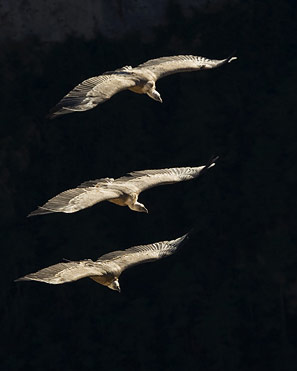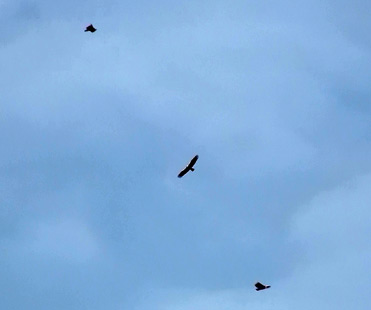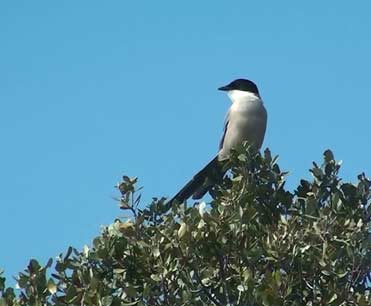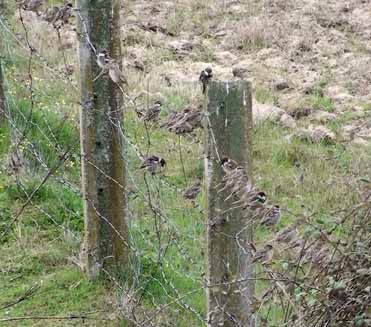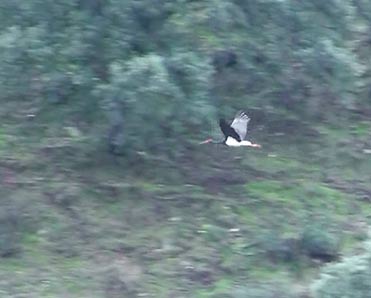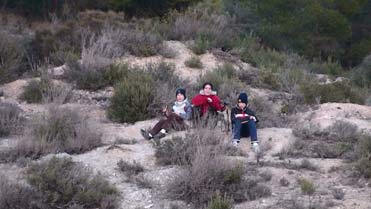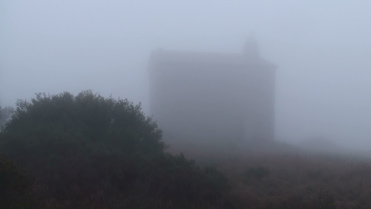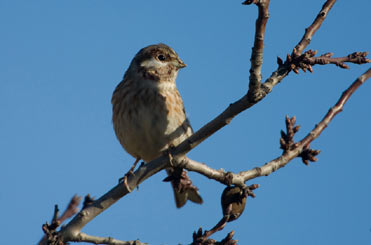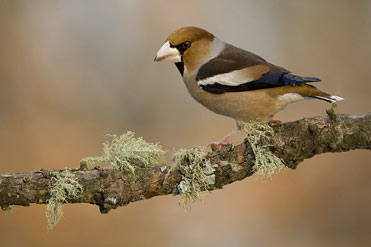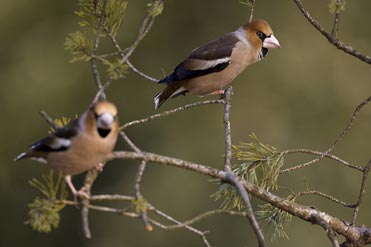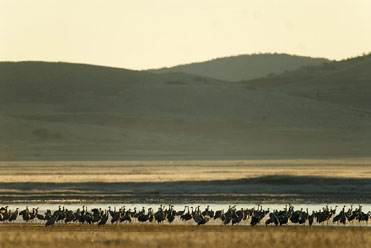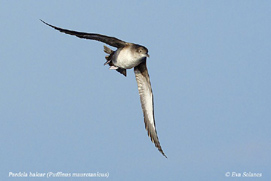Both Thekla Lark and Crested Lark occur over much of the warmer parts of Spain, and frequently both species can be found in close company of each other. Surprisingly, relatively little has been said about the separation of this difficult species pair; in fact the possibility of misidentification of one species for the other has frequently been played down, simplified or largely ignored. Many birders who come to Spain question me about field separation of Crested and Thekla Larks – so much so that this is probably the single most often discussed identification point.
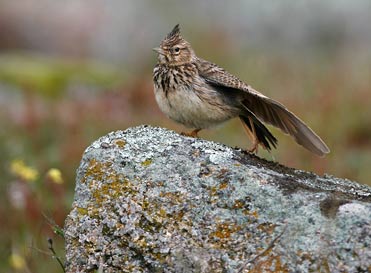
Thekla Lark. Photo by Jan-Michael Breider.
There was a thread recently on Bird Forum dealing with this question:
http://www.birdforum.net/showthread.php?t=133911&page=2
and the subject came up with clients on my last trip in mid-February.
So here I am attempting to summarise what can be said about the field identification of these two species in Spain. Or rather to express my own opinion about the criteria that are most valid for separating Crested and Thekla Lark in the field, at least in northeast Spain.
Morphologically speaking the features usually mentioned are: bill, crest length and shape, plumage coloration and streaking, face pattern, underwing colour and colour of the outer tail feathers.
In my opinion bill shape and length is probably the single most useful (although not infallible) feature. Comparatively speaking, Thekla Larks have shorter, stubbier, more triangular bills while Crested Larks have longer, more tapering bills with a straighter, or even concave lower mandible.
Face pattern: Thekla Larks usually have a more contrasting face pattern, with “spectacles” and a more “open” expression.
General plumage coloration: if you see a very grey-looking bird then it is almost certainly a Thekla Lark. The problem is that not all Thekla Larks are greyish, as this is a feature that largely depends on wear and local variation.
Outer tail feathers: apparently the Thekla Lark has more rufous and more contrasting outer rectrices – something I’ll have to check for in the field.
Underwing: Thekla Larks have greyer underwing coverts than Crested Larks, but just how often do you think you will be able to check that out in the field?
Crest: a rather useless criterion in my own humble opinion. It depends too much on wind, attitude, moult, individual variation and observer bias.
Voice: difficult to tell apart, even with certain experience. Both songs are similar, although Thekla Lark’s is more melodious, less imposing and lower pitched, with less tendency to imitation than Crested Lark.
Distribution: there are large tracts of land where only one species (usually Crested Lark) occurs, which is a good initial indicator if you are familiar with the species’ local distribution.
Habitat: this is a good indicator, although beware of “microhabitats”. Thekla Larks usually prefer less “agricultural” landscapes, and more often observed in broken, stony terrain with scattered bushes.
Last, but not least: is the bird perched on a bush or a pile of rocks, or is it a ground hugger? In the former case there is a very good chance that it will be a Thekla Lark!
Crested Lark vs Thekla Lark: “a veritable minefield of confusion!” as was concluded on the bird forum thread.
